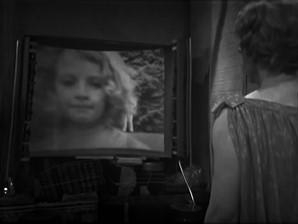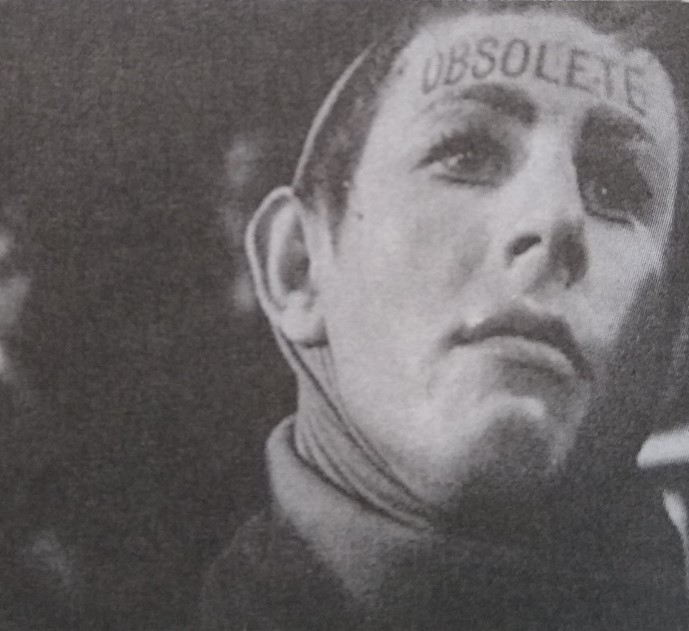But first, please read this brief interlude!
As you know, in addition to Galactic Journey, I also run Journey Press, devoted both to republishing classics discovered while on this trek through time, but also to publish new works of science fiction in fantasy that (I hope!) live up to the quality and tradition of the classic works we offer.
If anyone would enjoy these works, we know it will be you. This holiday season, pick up a title or three from Journey Press! It's the best present you can give yourself, a loved one…and us!

Gideon Marcus
Moon of Three Rings, by Andre Norton

Andre Norton has maintained a steady output of books, mostly adding to existing series like Witch World and Crosstime. With Moon, she opens up an entirely new (at least to me) vista, and it's a beautiful view.
Krip Vorlund is a Free Trader, one of two merchant leagues with stops at a myriad of planets through the galaxy. Moon takes place on Yiktor, a backwards world at the edge of known space, where Vorlund's ships makes planetfall. There, in the trading town set up for star merchants, he encounters Maelen, member of the native Yiktor race, living among the more primitive human settlers.
Maelen is a beast tamer, with a menagerie of disparate creatures that can make the performances on Hollywood Palace look like child's play. Krip is enchanted, with the show and the showmaster, but this causes the spaceman to become thoroughly embroiled in a local political struggle with galactic ramifications.
Before Krip now lies imprisonment, physical and then mental as the only way to avoid capture by rival factions is to transfer his consciousness into the body of a native animal. So begins the parallel journeys of Krip and Maelen, one to return to his original form, and the other to weave a destiny that allows the aid of Krip while betraying as few of her race's principles as possible.
The more I think about this book, the more I like it. Both Krip and Maelen get equal time as viewpoint characters, the perspective shifting every chapter. Their "voices" are distinct, Krip's being straightforward (if a bit formal) and Maelen's more abstruse (yet eminently readable), as befits an alien. Any animal-lover will find this book compelling, as the actions and feelings of the various beasts are integral to the story. Norton is particularly good at having two characters of different sexes forming a deep bond without being lovers.
In true Norton style, she's also set things up for this to become a series. I don't know if further adventures of Krip Vorlund and Maelen will be quite as compelling as their first (you'll understand why once you're done with this book) but I'll probably read them, nonetheless.
Four stars.

Kris Vyas-Myall
Saga of Lost Earths & The Star Mill by Emil Petaja
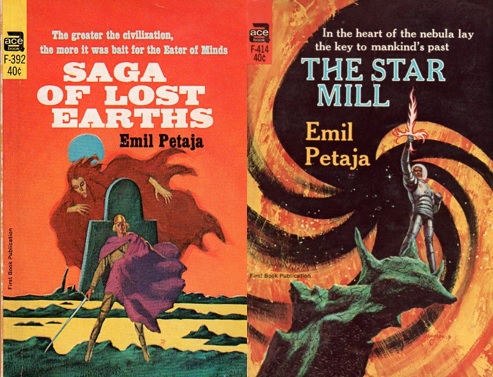
The return of Emil Petaja to science fiction was a delightful surprise to me. A writer from the pulp era who I had no memory of, produced one of my favourite novels of last year, Alpha Yes, Terra No!, along with a number of other strong pieces. So, when I heard he was doing a science fantasy series for Ace, you can be sure I picked them up.
Let us start with a quick summary of the context of these books. In the future, the world has eliminated violence through selective breeding, in order to avert yet another atomic war. In Saga of Lost Earths, a strange metal is found that appears to be causing destruction. Into this situation comes Carl Lempi who, according to Dr. Enoch, has the three characteristics required to face this new threat: 1. The capacity for violence, 2. A high level of extra sensory perception, and 3. A knowledge of Finnish and early legends.
In The Star Mill, we meet Ilmar, man who is rescued from an asteroid by a space crew and finds he has no memory of his life before. But then the space crew start dissolving around him. Is he a weapon designed to destroy humanity? Or its saviour from the approaching black storm?
These tales most remind me of Andre Norton’s adventures. Like in her recent work Moon of Three Rings, Petaja blends the kind of fantasy tale you would expect from Moorcock, Lieber or Jakes with well-conceived futures, without it being the Burroughs\Flash Gordon style of Sword and Wonder tales. A fusion of spaceships and sorcery that does not sacrifice either. Perhaps the best equivalent is Anderson’s The High Crusade. A clash of genres that avoids feeling anachronistic.
If there is one concern I have, it is the tendency, which does occur in a number of fantasy stories, to imply there is something magical about Northern European DNA. Whilst clearly stemming from fairy stories, this has two flaws; one, these kinds of myths exist within a number of cultures and there's no reason to assume that people of African descent have fewer myths and legends. Two, and more problematically, it obviously links into a kind of Nordic racial superiority. I do not assume this was the intent, but it is something that should be acknowledged, and of which other fantasy writers should be wary.
Also, like the aforementioned Norton tales, they contain solid character work and entertaining plots. But, at least for me, they also fail to rise above the level of escapist adventures. They are fun books that I will read once, enjoy, and probably never pick up again.
The next book in the series is scheduled for March and I am certainly going to be ordering my copy. After all, as Prof. Tolkien said:
Fantasy is escapist, and that is its glory.
And, by that measure, these are indeed glorious
A high three stars for each volume.

Jessica Dickinson Goodman
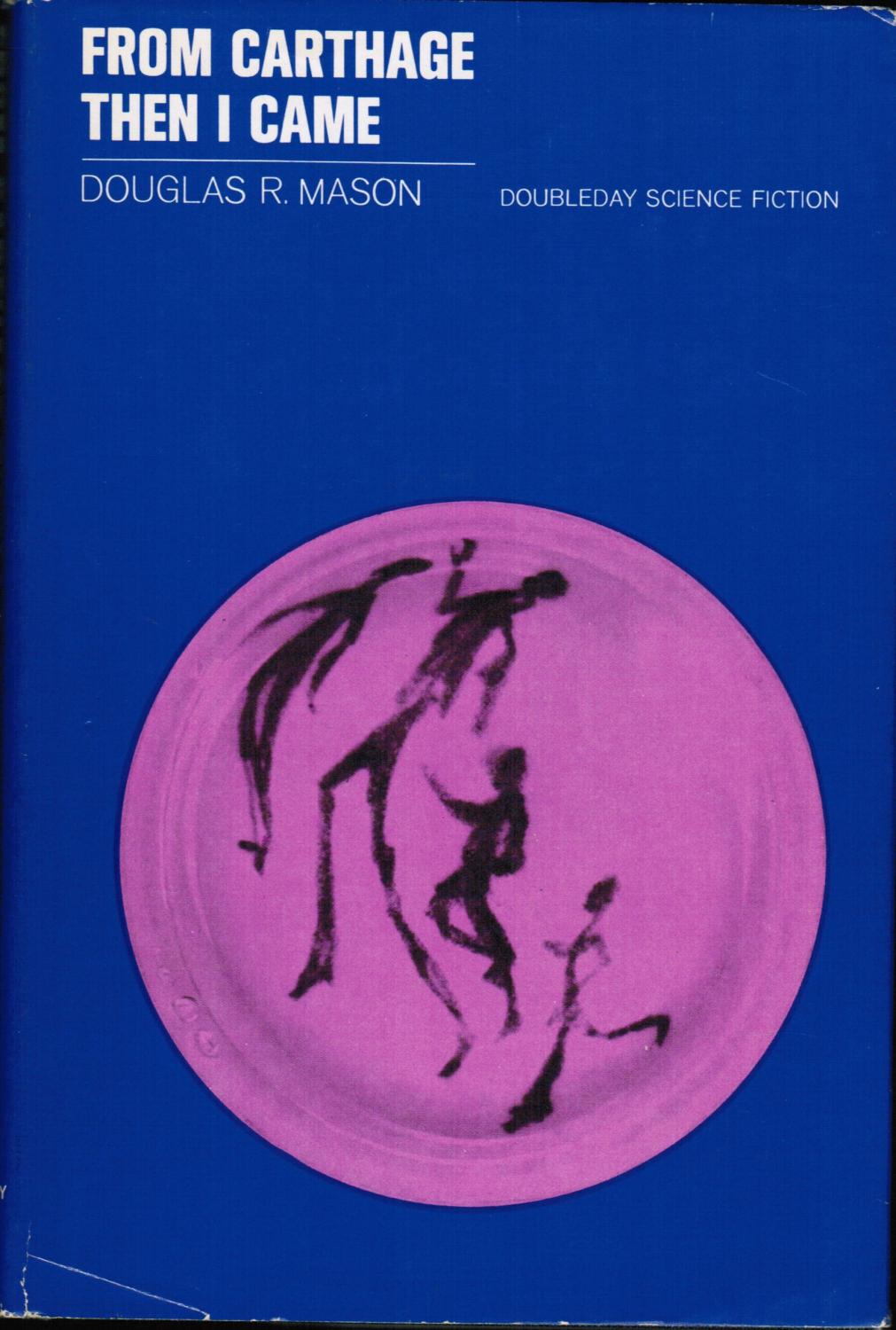
From Carthage then I came by Douglas R. Mason
The first opera written in the English language is called "Dido and Aeneas" by Henry Purcell, based on Vergil’s 19 BCE epic poem The Aeneid. First performed by an all-women company in 1689, it is a love story of equals: Dido, the African queen of Carthage and Aeneas, the erstwhile Trojan hero. In the final scene of the opera, Dido holds her best friend and sister Belinda’s hand as she sings what is known as Dido’s Lament, before climbing onto a pyre and setting it alight (it’s opera; it’s always this dramatic). Purcell’s Dido is a complete person: a ruler, a lover, a strategist, a flawed and tragic figure. Singing her lament was what made me fall in love with opera when I was 14, and the hope that Douglas R. Mason’s From Carthage then I came might include references to her was what made me pick up this book.
None of the women in Mason’s piece live up to Purcell’s Dido; when Tania Clermont dies by fire, she dies simpering and the narration swiftly focuses on her abuser's pain. All of Mason's women are poorly written and one-dimensional; incapable of forming strong bonds with other women and only existing in the negative space that the male characters permit them. I found it telling that in two separate scenes I was unable to tell if one of the women characters was unconscious or not, given how much the men around her were tossing her body around like a sack of potatoes (in one scene a man had knocked her out; in another she was theoretically awake). In From Carthage then I came, one male hero gropes a woman he is holding captive and forces her to sleep in his bed. The author makes clear we are to read this as romance.
The best thing about From Carthage then I came is its premise. The book opens on a prelude to revolution. For 7,000 years a pocket of humanity has been frozen inside of a climate-controlled dome as an ice age raged around them. Gaul Kalmer believes it is safe to leave, and is gathering a group to escape the mind-monitors and electric sun of Carthage to form a more natural colony called New Troy past the newly iceberg-free but still wine-dark Mediterranean Sea. But the weak writing fails to live up to the possibilities of the plot.
Instead of reading From Carthage then I came, let me recommend hunting for a recording of last summer's London Philharmonic’s performance of Dido and Aeneas at Glyndebourne, with the incredible Janet Baker as Dido. I promise it will transport you just as far as Mason’s piece promised to, contain just as many classical references as Mr. Kalmer tried to shoe-horn into his many speeches, and give you a newly rich appreciation for the now-Tunisian island of Carthage. I hear that Mason will be publishing more soon; let’s hope the next women he writes aren’t so lamentable.
Two stars.
(Did you remember to check out Journey Press? I promise our offerings as good as the best books reviewed here!)

![[December 10, 1966] Hot and Cold (December Galactoscope #1)](https://galacticjourney.org/wp-content/uploads/2021/12/661210covers-672x372.jpg)



![[September 16, 1966] Is Censorship Heating Up? (Fahrenheit 451)](https://galacticjourney.org/wp-content/uploads/2021/09/F451-Poster.jpg)
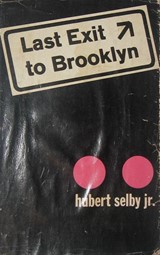
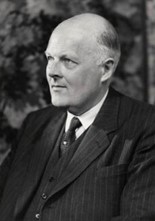



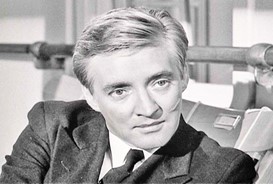


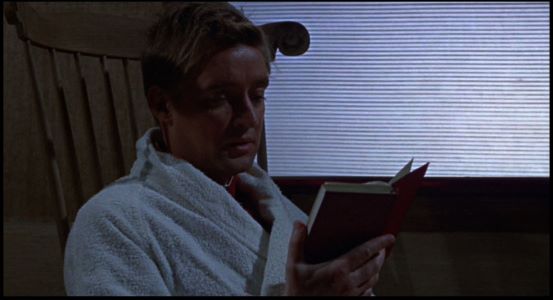






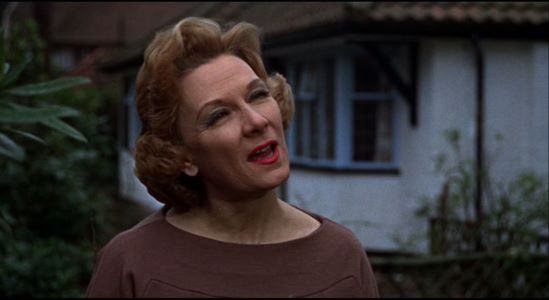

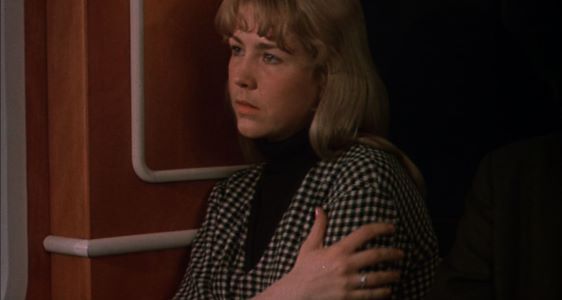

![[June 26, 1966] Justice League of Britain (New British Superhero Comics)](https://galacticjourney.org/wp-content/uploads/2021/06/Superhero-Cover-Image-672x355.jpg)


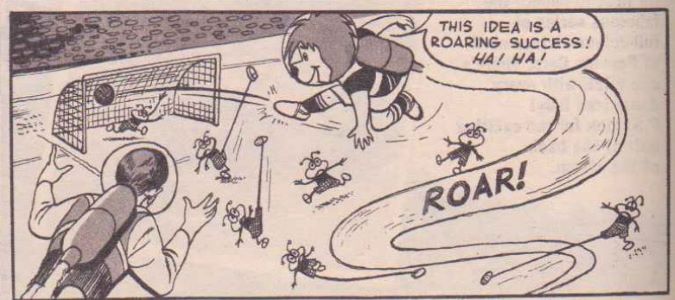

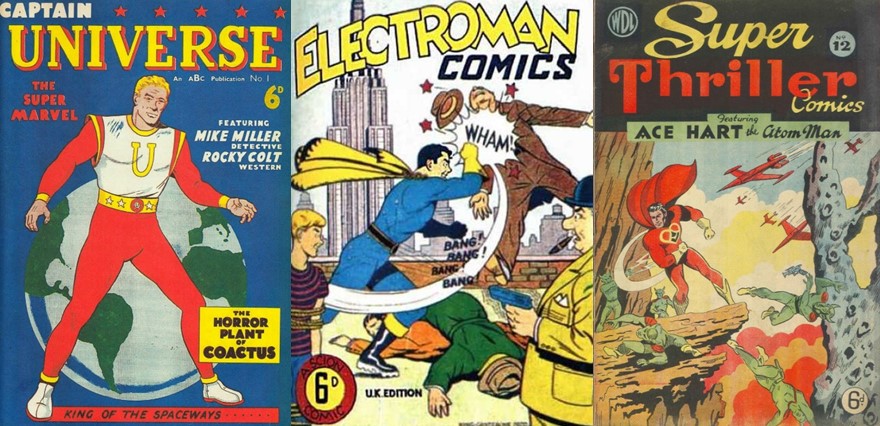
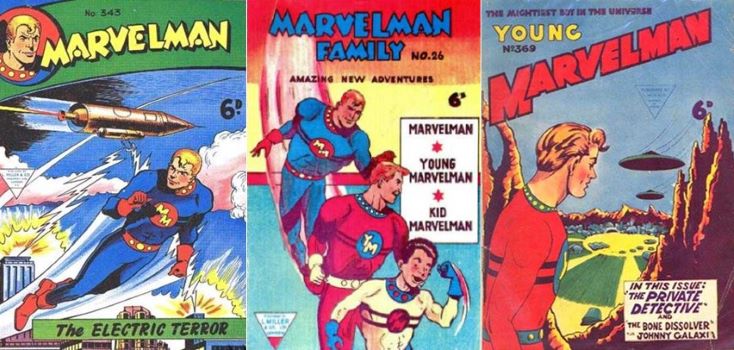

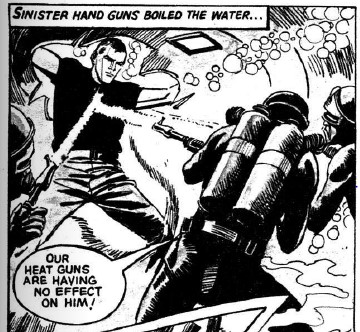
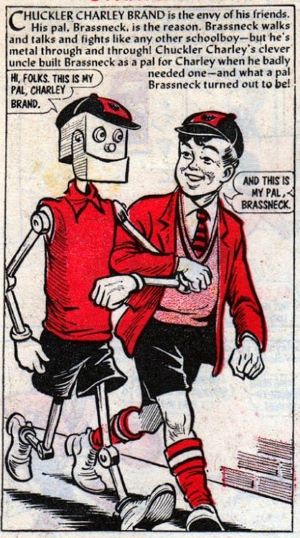
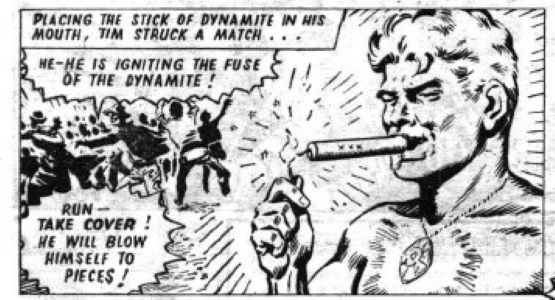


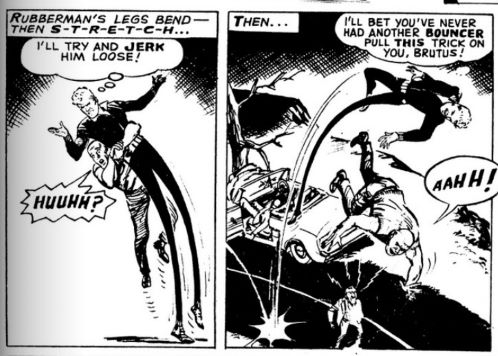
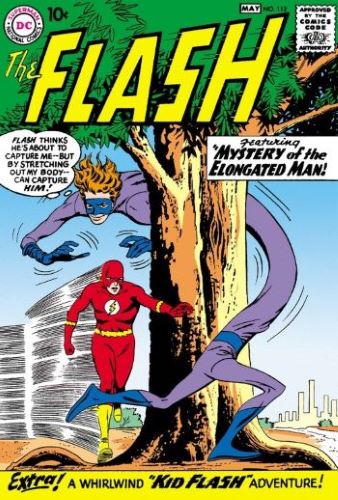
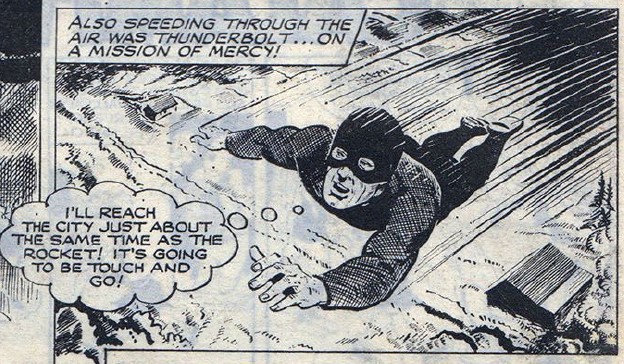
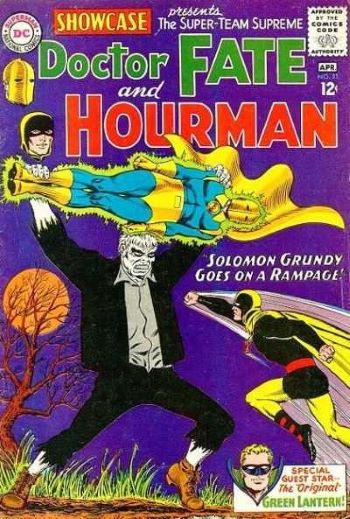

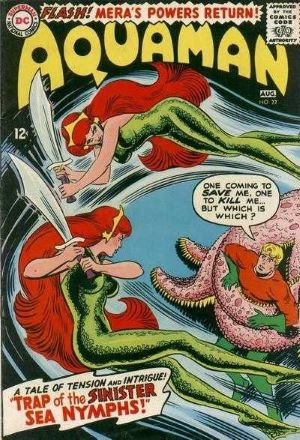
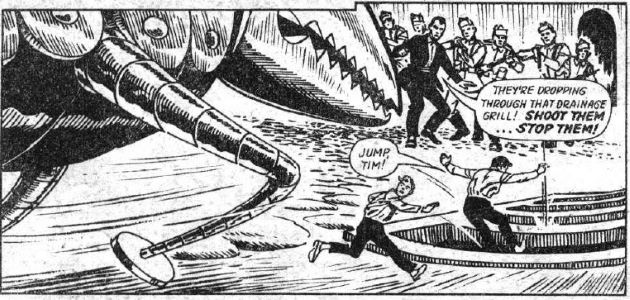
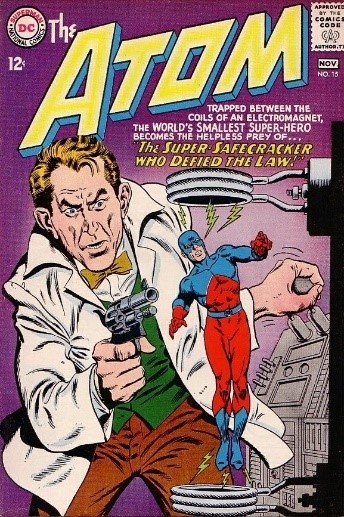
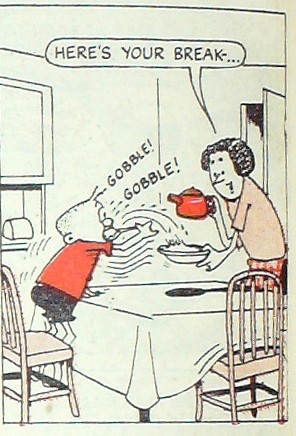


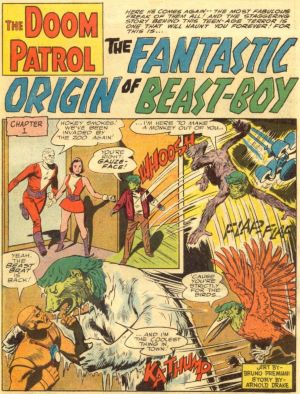
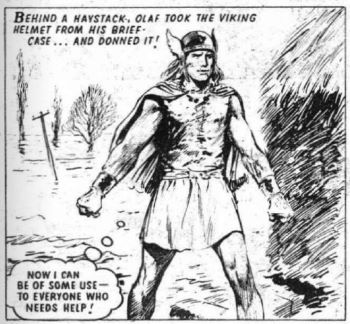
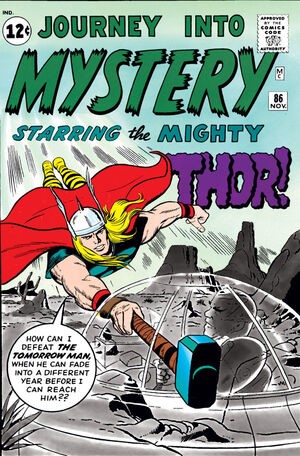

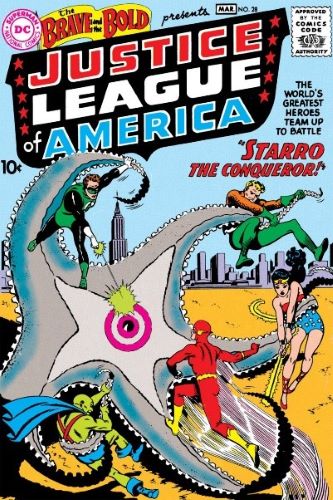
![[June 12, 1966] Which Way to Outer Space? (New Writings In SF 8)](https://galacticjourney.org/wp-content/uploads/2021/05/New-Writings-in-SF8-Cover-259x372.jpg)




![[May 12, 1966] Equal & Opposite Reaction (<i>The Symmetrians</i>)](https://galacticjourney.org/wp-content/uploads/2021/05/Sym5a.jpg)

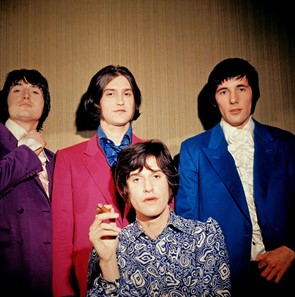
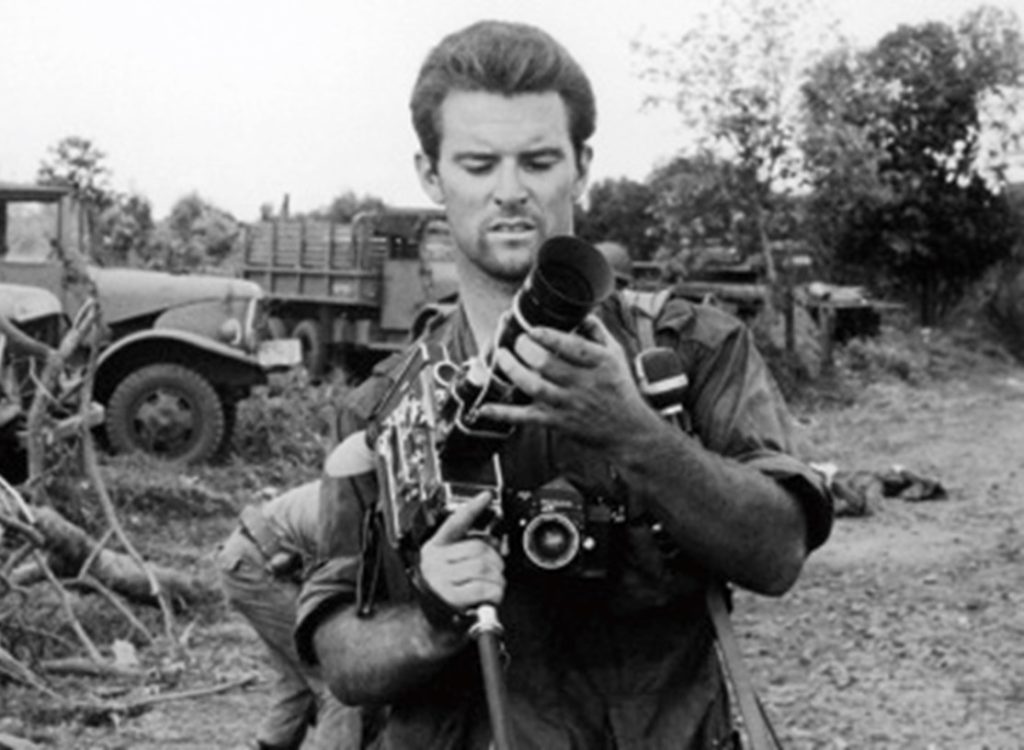
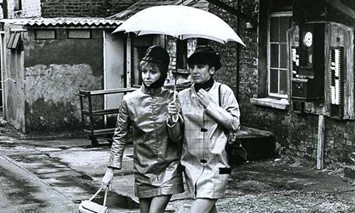

![[May 6, 1966] Blaise-ing Wreckage (<i>Modesty Blaise</i>)](https://galacticjourney.org/wp-content/uploads/2021/04/MB16.jpg)
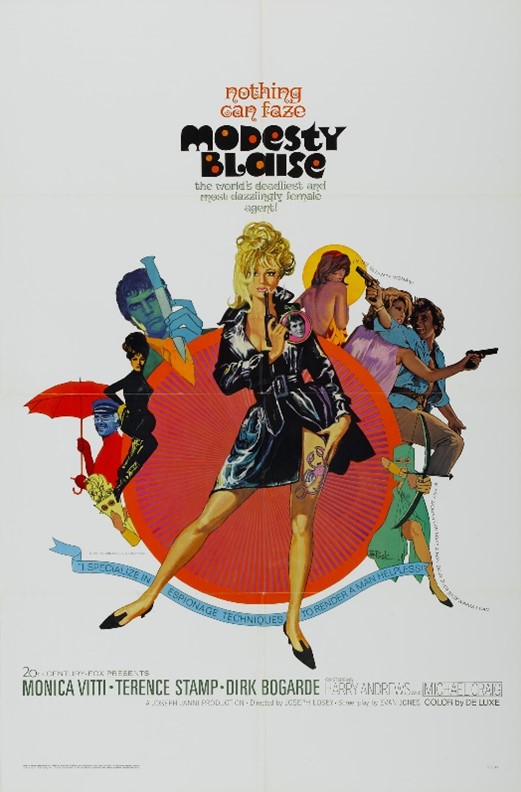
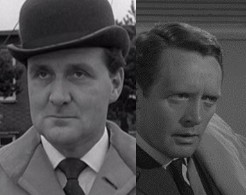



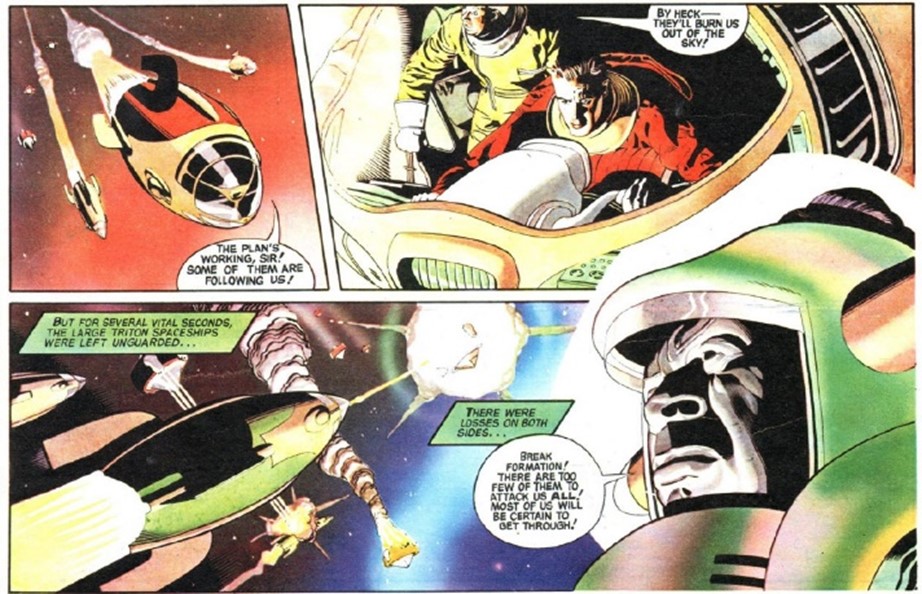

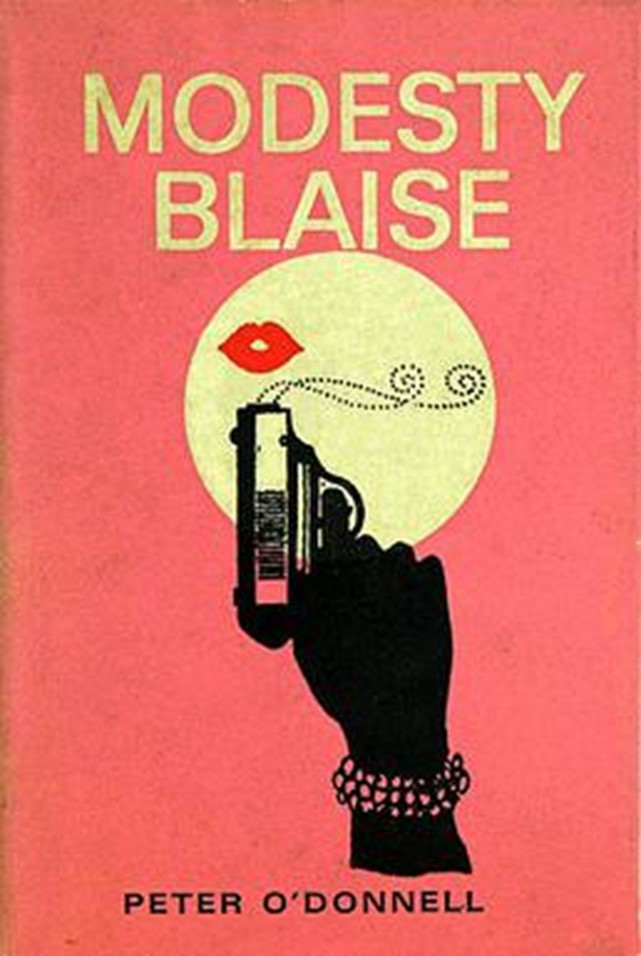
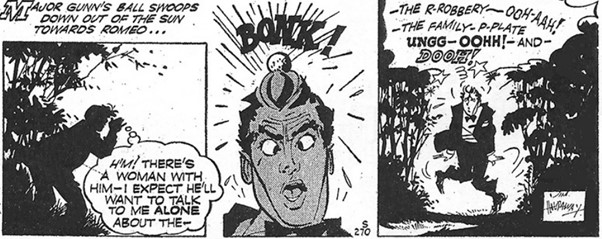




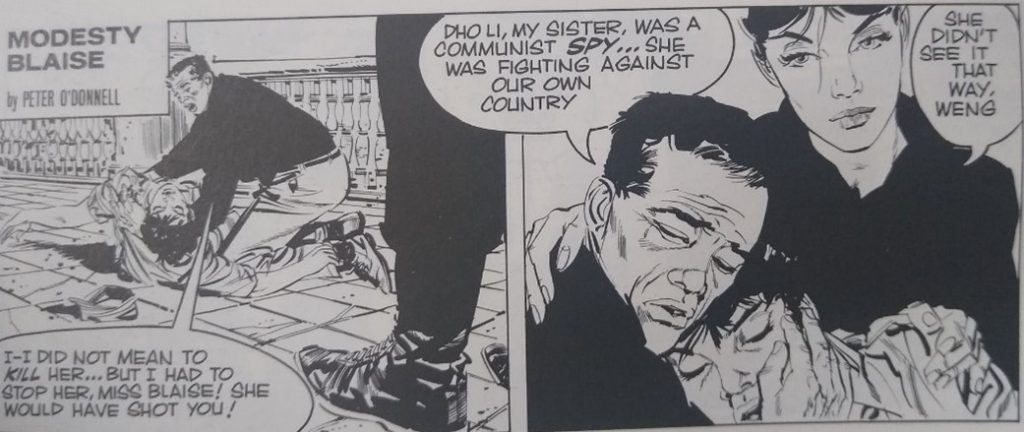






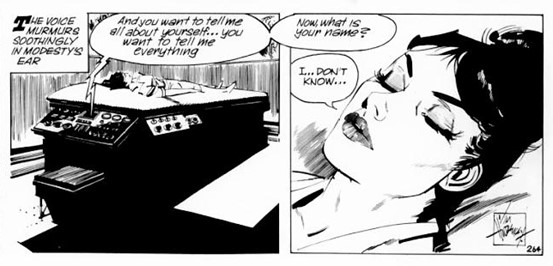
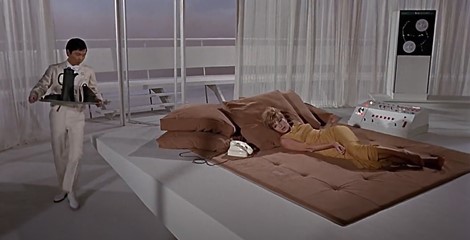
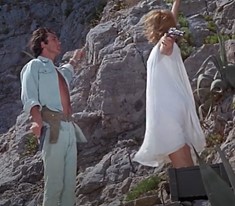
![[April 14, 1966] A New & Clear Bombshell (<i>The War Game</i>)](https://galacticjourney.org/wp-content/uploads/2021/03/War-Game-1a.jpg)
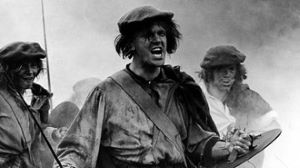
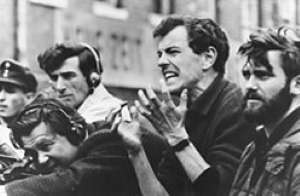
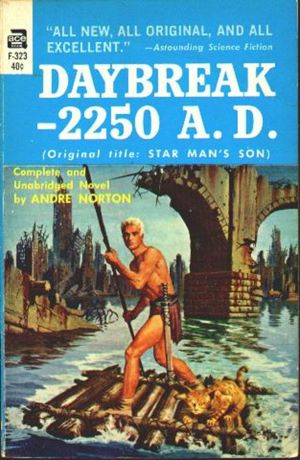
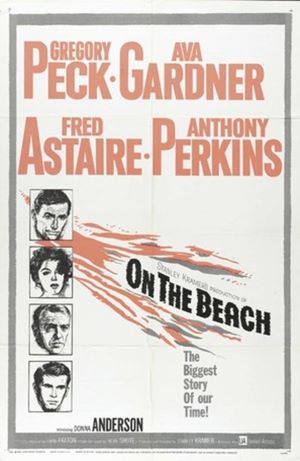
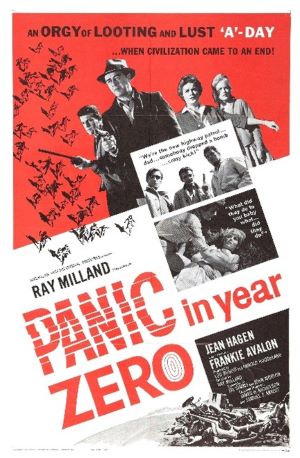
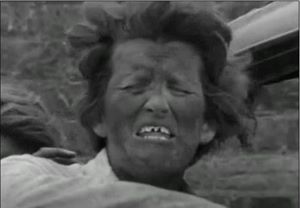
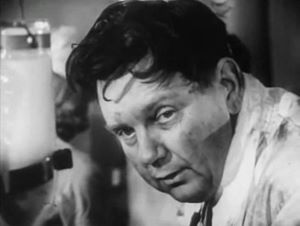


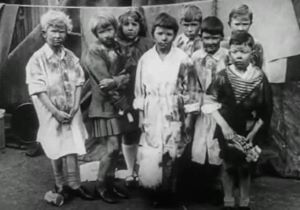

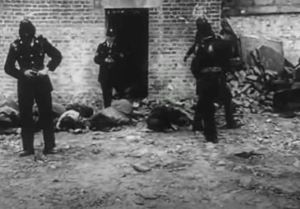
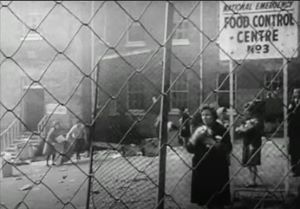

![[March 20, 1966] Two of A Kind (March Galactoscope #2)](https://galacticjourney.org/wp-content/uploads/2021/03/Books.jpg)

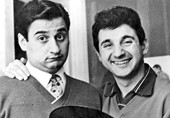

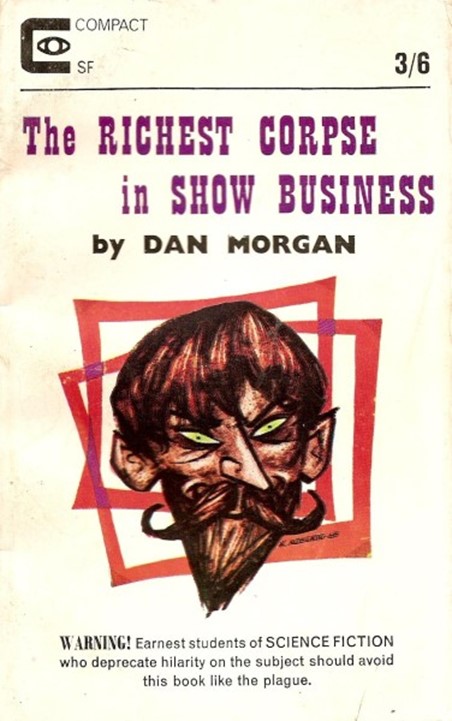


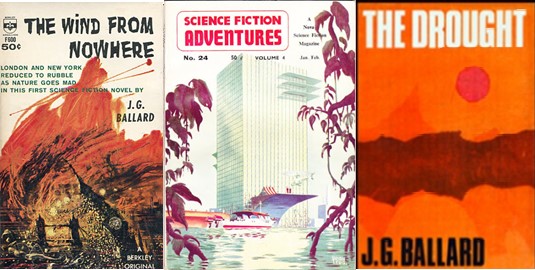


![[March 16, 1966] Sometimes Older is not Better (<i>Mystery and Imagination</i>)](https://galacticjourney.org/wp-content/uploads/2021/03/MI-Titles-672x372.jpg)


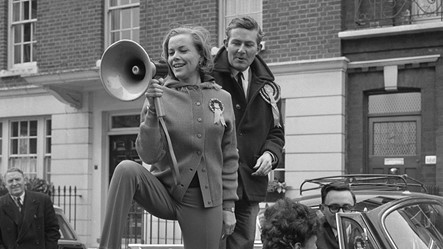
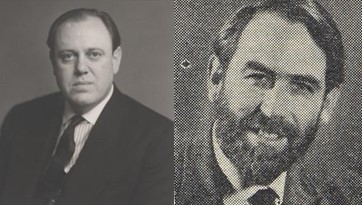
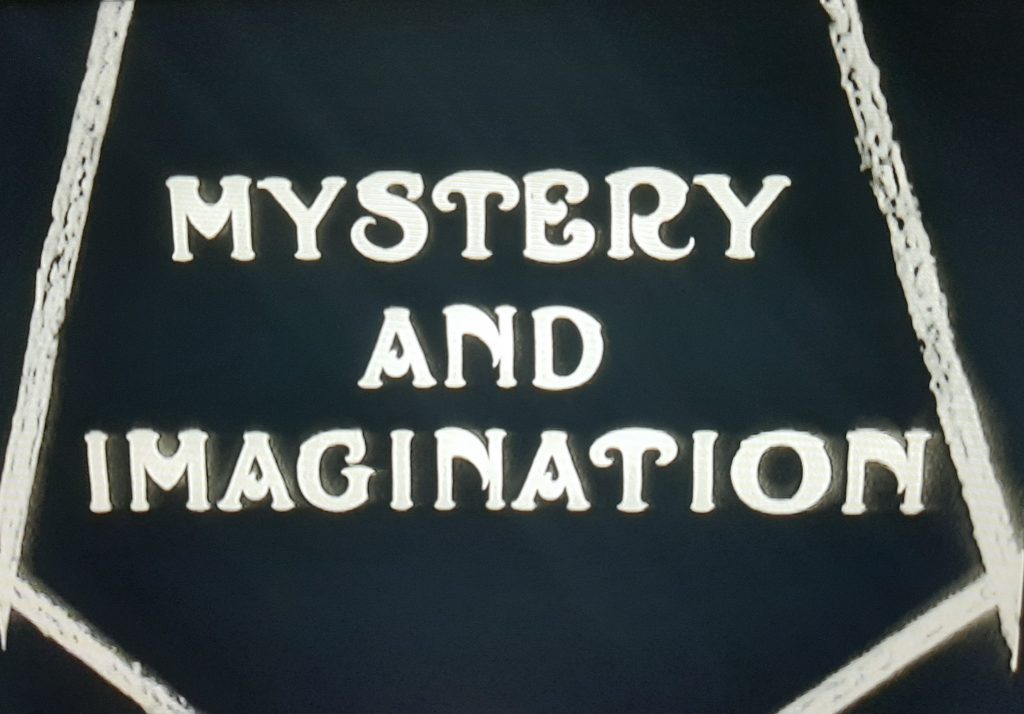
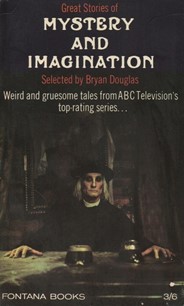

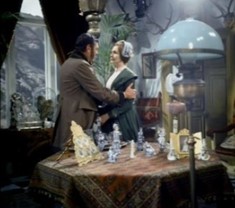

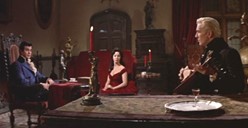
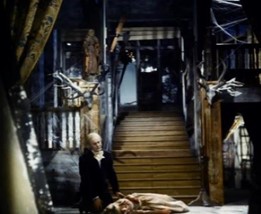
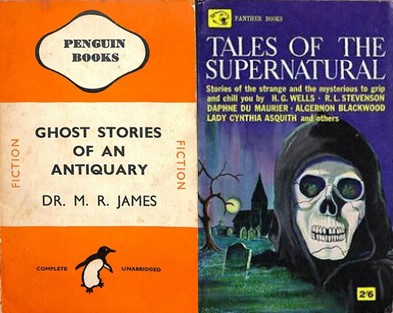
![[January 18, 1966] New Discoveries of the Old (<i>Out of the Unknown</i>)](https://galacticjourney.org/wp-content/uploads/2021/01/Out-of-the-Unknown-Titles.jpg)





